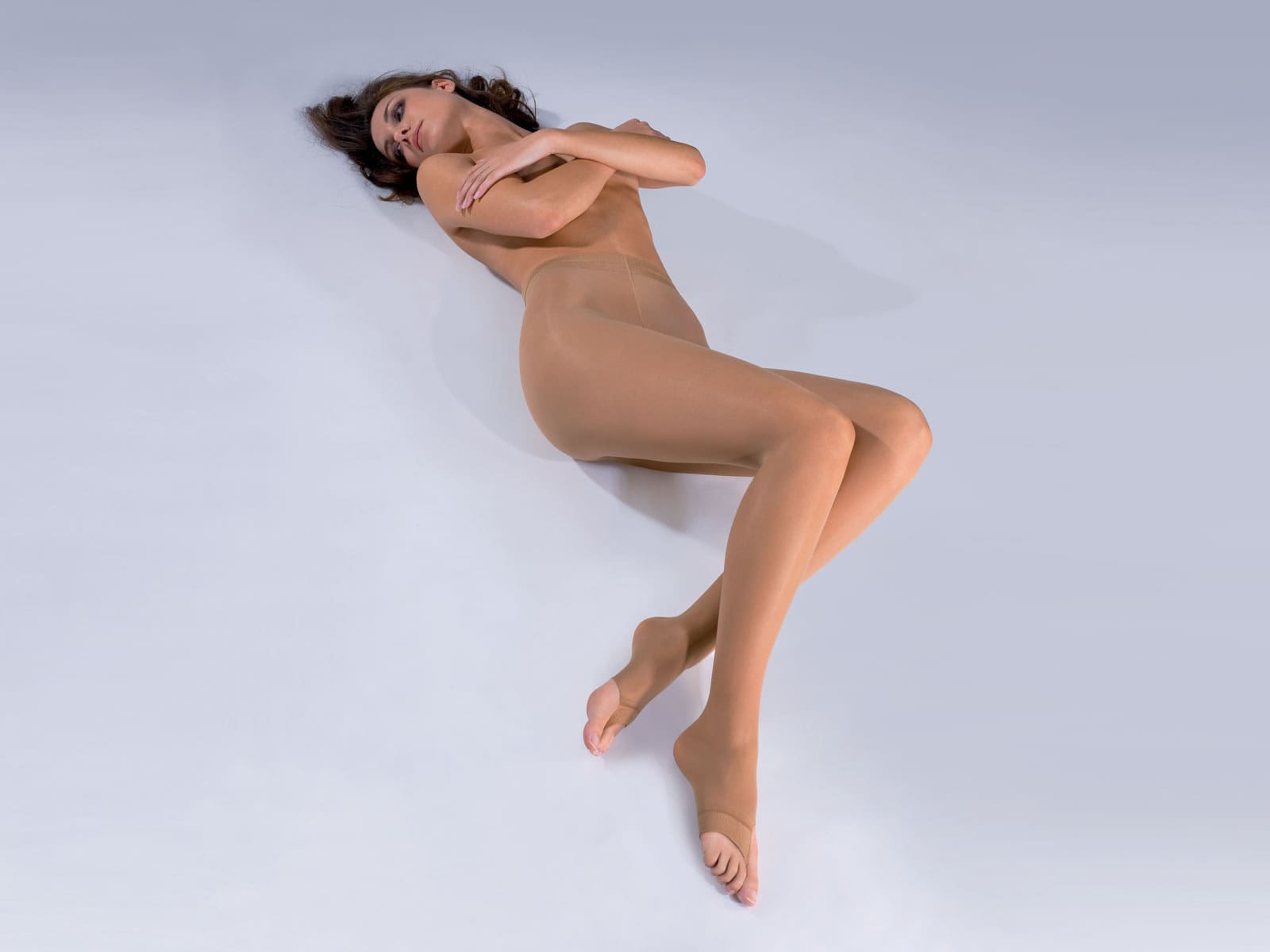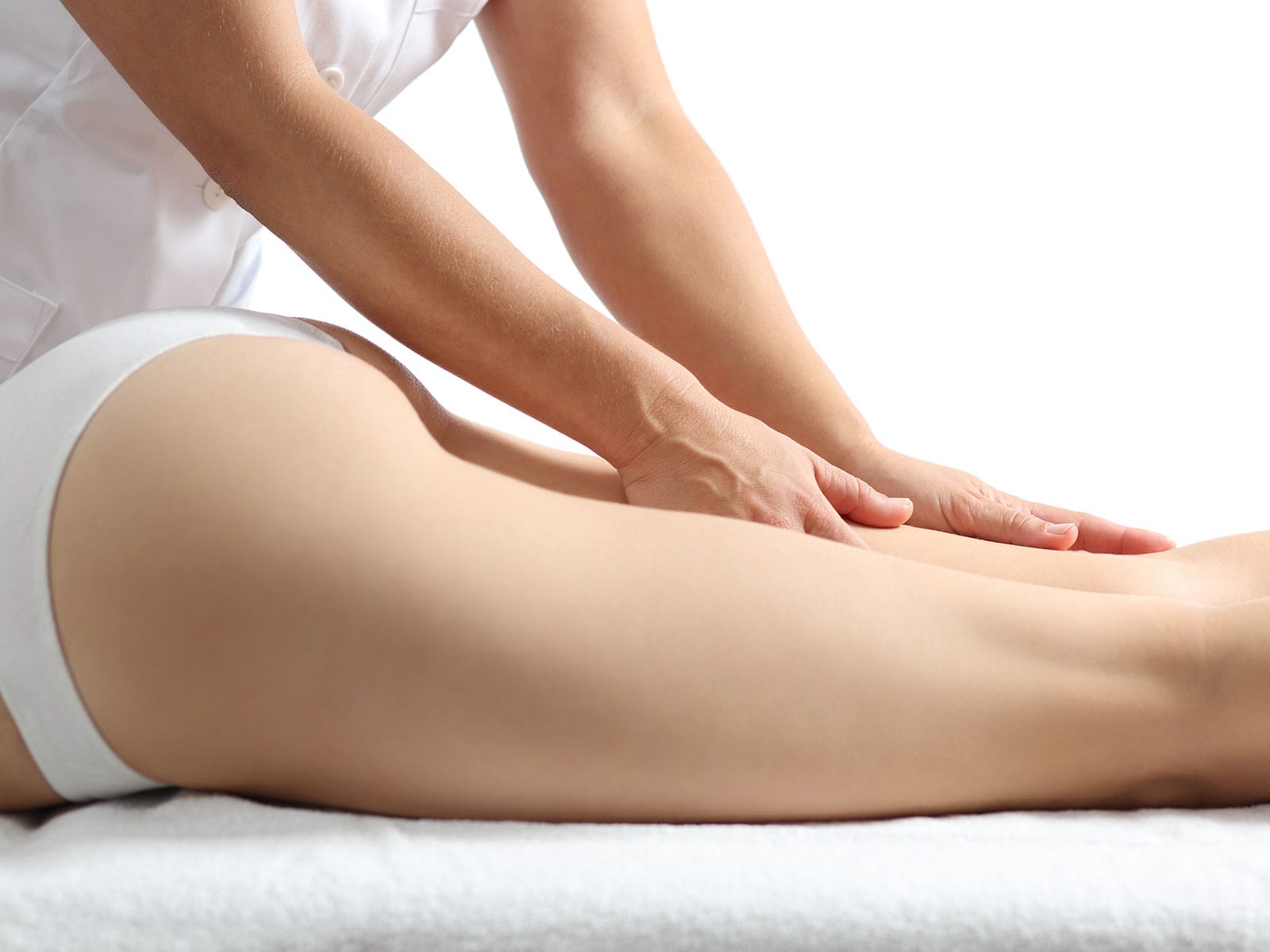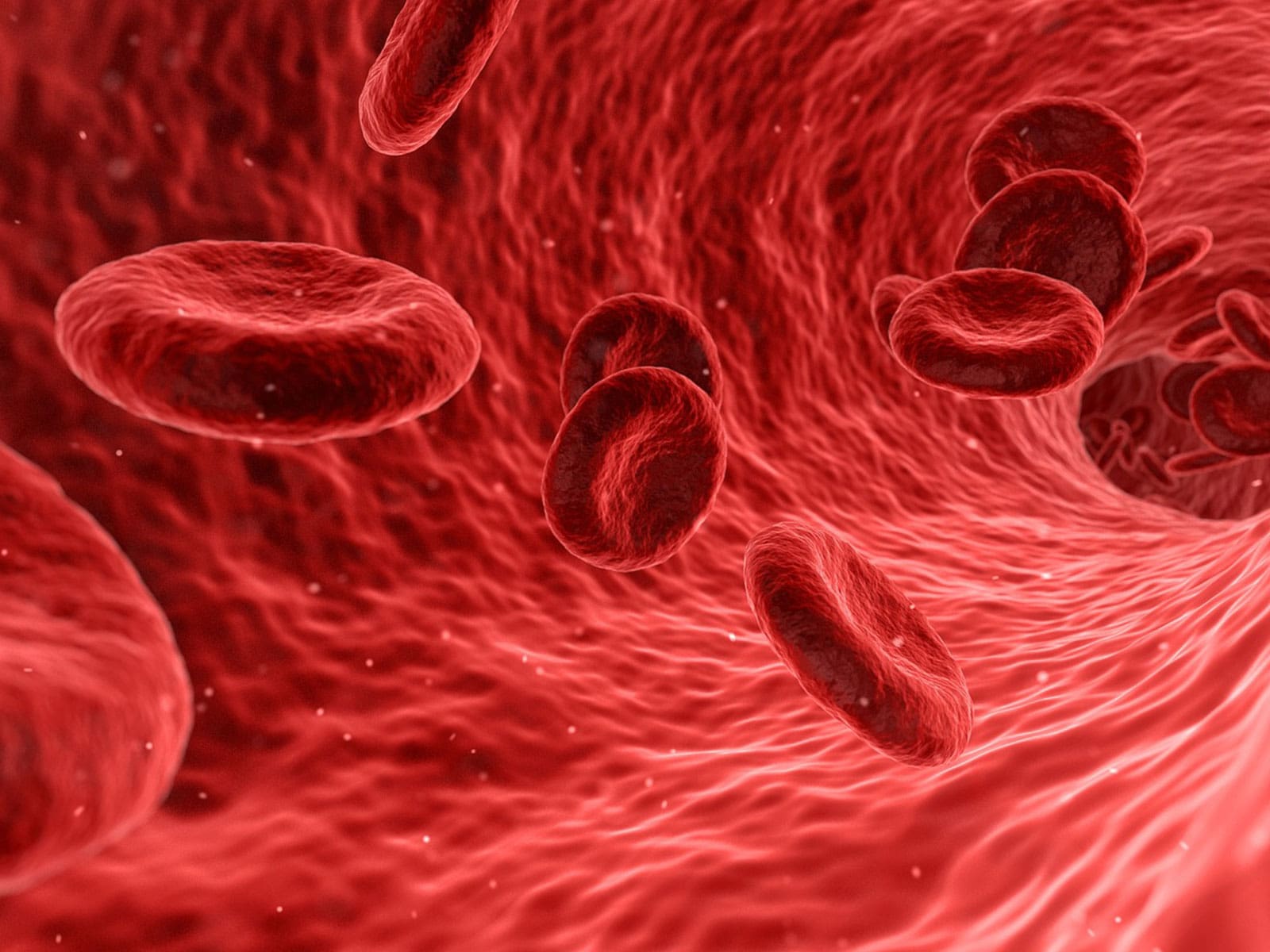Often underestimated or sometimes not properly diagnosed, lipedema is a more widespread pathology than you might think. It is a debilitating disease both physically and psychologically, and in some cases it is also a problem in carrying out normal daily activities.
The subjects most affected by this disease are women, especially during periods of greater hormonal imbalance, such as: puberty, pregnancy and menopause. Often mistaken for localized adiposity or obesity, lipoedema if properly diagnosed can be treated for improvements. This is possible, above all, thanks to the advice of the doctor, who can direct the patient towards the right path in the treatments to be adopted.
There are several stages of lipoedema: the more advanced ones can also be disabling for the patient or lead to the development of new diseases. In addition to the difficulties of walking, in the case of, for example, lipoedema of the legs, there are also those related to aesthetic factors.
But what is lipoedema? How does lipoedema occur and how is it diagnosed?
Let's find out in this new Solidea article.
What is lipoedema?
Lipedema is a chronic and progressive disease, which in some cases can also become disabling for the patient. Generally of genetic origin, it presents with an accumulation of abnormal subcutaneous fat on the buttocks, hips or lower limbs. This increase in lipid matter occurs symmetrically and bilaterally.
Symptoms may also occur on the upper limbs, but hands and feet are excluded.
But how to distinguish lipoedema from obesity? While an increase in weight and fat mass due to feeding or sedentary lifestyle occurs evenly throughout the body, lipoedema is localized only in some areas. This is due to an alteration of the cells of the adipose tissue, that is the adipocytes, generated by a systemic inflammation.
The increase in fat accumulation occurs quickly and suddenly, therefore not due to the patient's diet.
How to recognize lipedema?
But how do you recognize lipoedema? In addition to the indications given above to suspect the presence of this disease, or the sudden accumulation of localized fat, there are other symptoms that can occur.
Below is a brief list of the most common:
- Feeling of heaviness in the affected areas
- Formation of orange-peel skin
- Localised tingling
- Localized painful sensation, if pressure is exerted on the tissues affected by fat accumulation
- Formation of spontaneous bruising and ecchymosis
This is what lipedema looks like
Here are pictures of what lipedema looks like on a young woman. In these photos, our friend shows us before and after treatment, two years later. Her journey took a turn when she was medically diagnosed with lipedema. She first followed a proper diet and exercise, then surgery in a specialized clinic and now follows a healthy lifestyle, following the instructions of medical specialists and following the therapy. Solidea accompanies her during physical activity with micromassage leggings, and in her free time with graduated compression tights and hold-ups. Each patient has his or her own characteristics, so it is essential to find the right therapy, including compression devices.
Symptoms that can be annoying for the patient, with consequences also on the quality of life according to the stage of the disease. The latter, in fact, can occur in three different stages, depending on the condition and the symptoms:
- First stage: the symptoms are mild. The skin seems unchanged, but to the touch it is possible to see the presence of small nodules of fat under the skin of a rounded shape.
- Second stage: you have skin imperfections known as "orange peel skin". Hematoma may occur and the patient will experience localized pain sensation. In addition, you can feel the nodules of fat larger than the previous stage, the size of a walnut or even an apple.
- Third stage: the nodules have even more important dimensions, with loss of skin elasticity in the affected areas. Also in this case, there are bruising, difficulty in walking and tingling.
In addition to these symptoms, the accumulation of fat and the consequent inflammation of the limbs can lead to diseases such as arthritis in the knee, stagnation of lymph and fibrosis of the subcutaneous fat. For this reason, it is always good to be able to have an early diagnosis of the disease in order to be able to intervene promptly.
Lipoedema, how is it diagnosed?
How to recognize lipoedema? There are no specific diagnostic tests to confirm the presence of lipoedema. For this reason, the diagnosis of the disease is complex. A team of experts will, however, recognize the symptoms and will provide ultrasound and magnetic resonance imaging for the study of adipose tissue.
What to do for lipoedema?
An early diagnosis of lipoedema can help the patient to adopt therapies, prescribed by their doctor, in order to alleviate the symptoms of the disease.
- Dedicated physical exercise and physiotherapy to stimulate fluid drainage
- Surgical treatment, if necessary, in order to remove fat accumulation, which may lead to the onset of other diseases
- Nutrition plan provided by a specialist
- Correct hygiene of the parties concerned
- Psychological treatments, where necessary
In addition, the doctor may prescribe the use of medical devices with graduated compression, such as the products present in the Solidea.com shop. In particular, the Be You Tonic Curvy leggings are micromassaging and exert the right graduated compression to stimulate venous and lymphatic reentry.
Useful both during physical activity and in the workplace, Solidea graduated compression socks can be a valuable support to combat fatigue and swelling in the limbs due to lipoedema.







